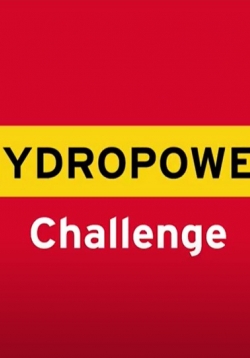
An at-home engineering challenge using simple materials to design, build and test a water-powered turbine. Accessible to nearly all ages.

An at-home engineering challenge using simple materials to design, build and test a water-powered turbine. Accessible to nearly all ages.
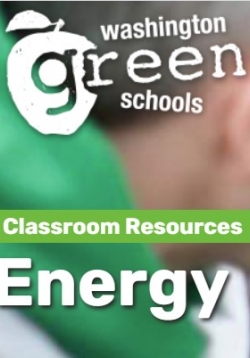
Washington Green Schools guides and supports students and school communities to be leaders for a healthy environment. As part of their efforts to promote sustainable schools, they have developed a series of games and activities to help students understand energy use in their school and engage in conversations about how to reduce their energy use and clean up their sources of energy.
Light up your clothing using solar power! For this unit, students will attach thin, flexible solar modules to a bike helmet and recharge NiMH rechargeable batteries for a renewable energy battery pack. The rechargeable batteries will be used to light up...
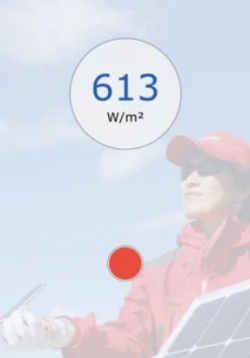
A free iPhone app that allows you to take data on irradiance (in Watts/area), to be able to compare electrical output from solar photovoltaic panels to the irradiance they receive.
In Lesson 1, the lesson focuses on understanding how the angle and orientation affect the amount of energy that is generated through use of a solar cell. Paper azimuth finders, Keva Planks, and multimeters will be used in order for students to draw...
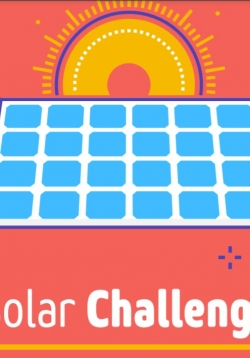
Two really fantastic and engaging engineering challenges held both nationally and online for grades 4-12: Wind Engineering and Solar Structures. Educators and students are provided with scaffolded lessons for engaging in the fundmanetal content of the challenge, as well as guidance for how to prepare and structure the challenge. Challenges can be run at the class, school, district, or regional level and the in-person challenge includes regional and national competitions. Kidwind also provide professional development opportunities for educators.
For this extended task, students will track the sun's altitude and Azimuth to determine the best position for their hand-built solar panel, learn solar cell operation basics, solar panel construction, series and parallel circuitry and basic array sizing...
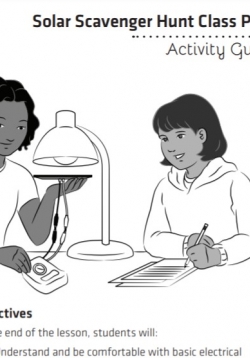
A series of 9 hands-on lessons (grades 2-12) that explore wind and solar energy, cirtcuity and electricity generation using a mixture of design and DIY tools. The includes materials lists and video support guides for implementing the curriculum.
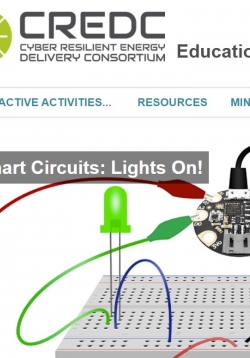
CREDC is a wealth of interactives and curricula for K-12 educators. There are six interactives for engaging in how to manage various sources of energy and their costs in relationship to energy usage, as well as curricula such as paper circuits, and resources and ideas for integrating coding, Minecraft, and other computer applications in energy and circuitry explanations.
Students will become familiar with circuits, cells, batteries, and photovoltaic cells, then plan, build, test, modify, and re-test a small solar battery charger designed to maintain batteries from a particular device.
Bonneville Environmental Foundation
1500 SW 1st Avenue, Suite 710
Portland OR 97201
phone: 503-248-1905